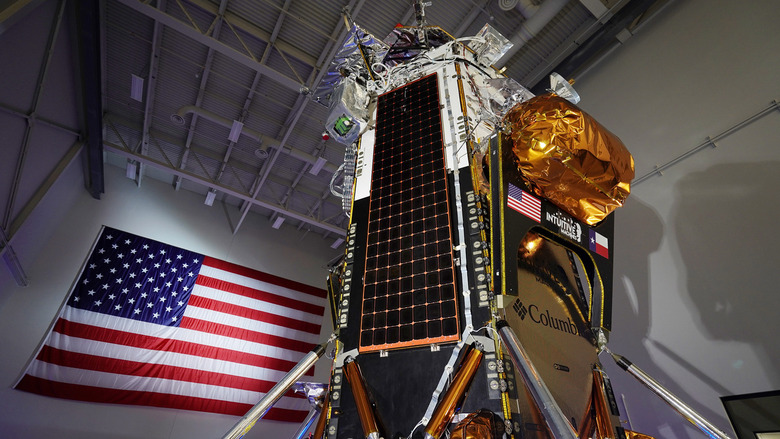How A NASA Payload Saved The First U.S. Moon Lander Since Apollo
Last week, Intuitive Machines' Odysseus completed its historic moon landing, becoming the first U.S. moon lander to successfully land on the lunar surface in the days of Apollo. Despite the success, the landing didn't go quite as planned, and the spacecraft toppled over, leaving it resting on its side.
According to Intuitive Machines, the landing was still a success, especially considering the less-than-ideal landing. According to reports about the landing, the team realized that the safety switches hadn't been disengaged on the range finder lasers.
This presented a huge problem, as the spacecraft needed those lasers to help determine how far away the surface of the Moon was. Luckily, an experimental NASA payload on the lander was able to help salvage the Odysseus landing. The payload is called the Navigation Doppler Lidar.
Odysseus continues to communicate with flight controllers in Nova Control from the lunar surface. After understanding the end-to-end communication requirements, Odysseus sent images from the lunar surface of its vertical descent to its Malapert A landing site, representing the... pic.twitter.com/CuCkOVvBqu
— Intuitive Machines (@Int_Machines) February 26, 2024
This allowed the spacecraft to use three laser beams to help measure not just the altitude but also the velocity of the spacecraft throughout its descent. While the payload helped, landing on the moon was exceptionally difficult, and the spacecraft still ended up taking a tumble somewhere and catching it on the moon's surface somehow.
This left the Odysseus on its side, with its antenna facing away from Earth, making communication with the home team more difficult. Thankfully, they were eventually able to sort it out and even acquire some images from the Odysseus at its landing spot.
Hopefully, this is just the first of many moon missions like this, especially with the ongoing Artemis missions still planned to launch in the coming months. Even though it might not have turned out as successful as many hoped, the fact that the team was able to ultimately pull off the landing, even without its originally planned range finders, is well worth celebrating.
